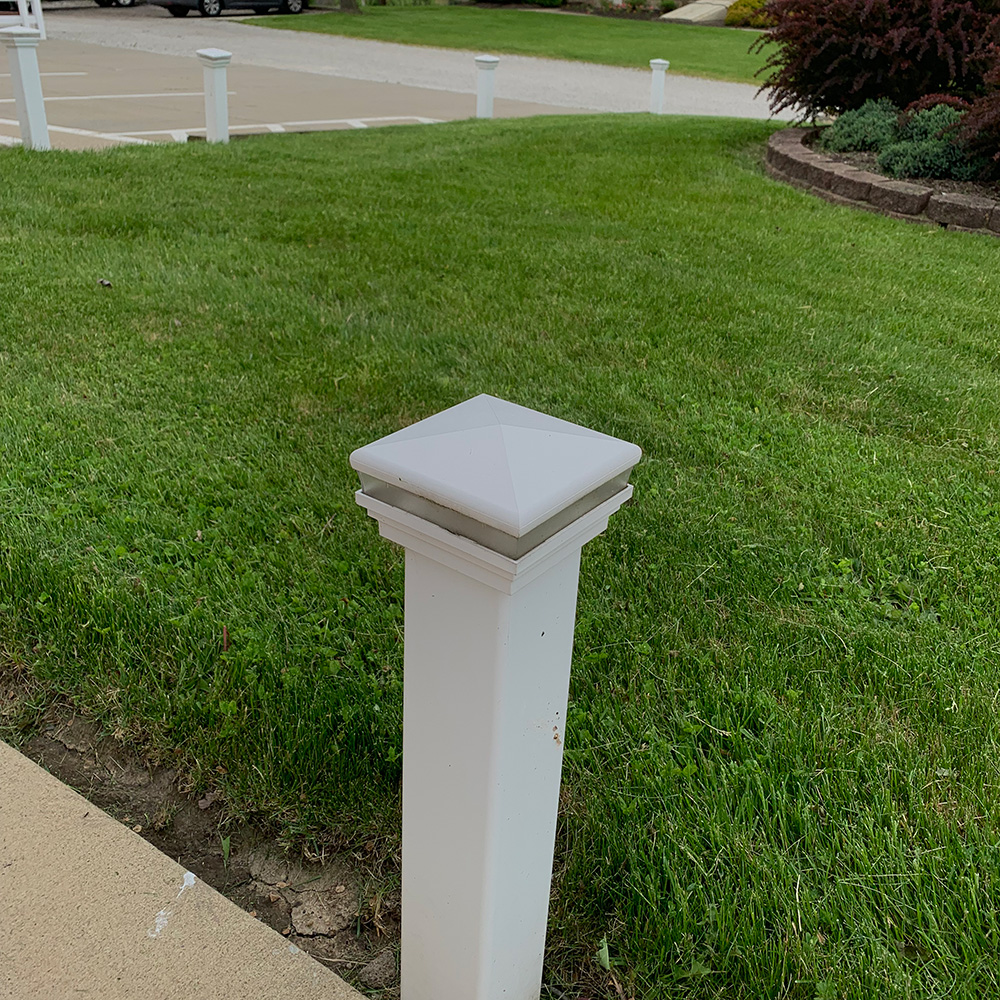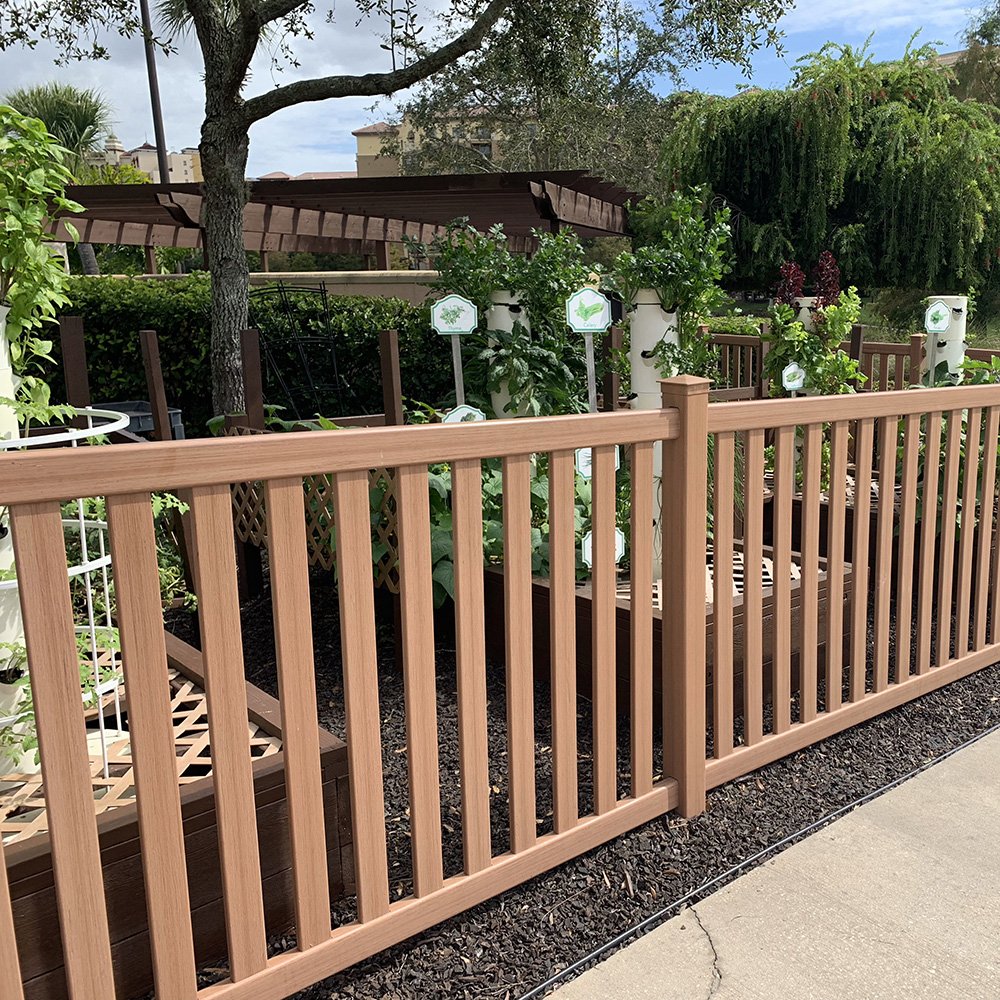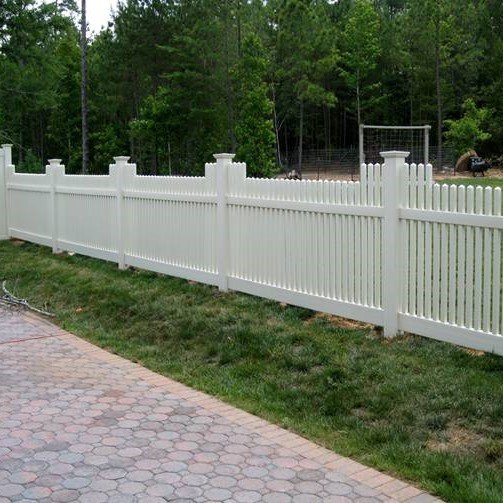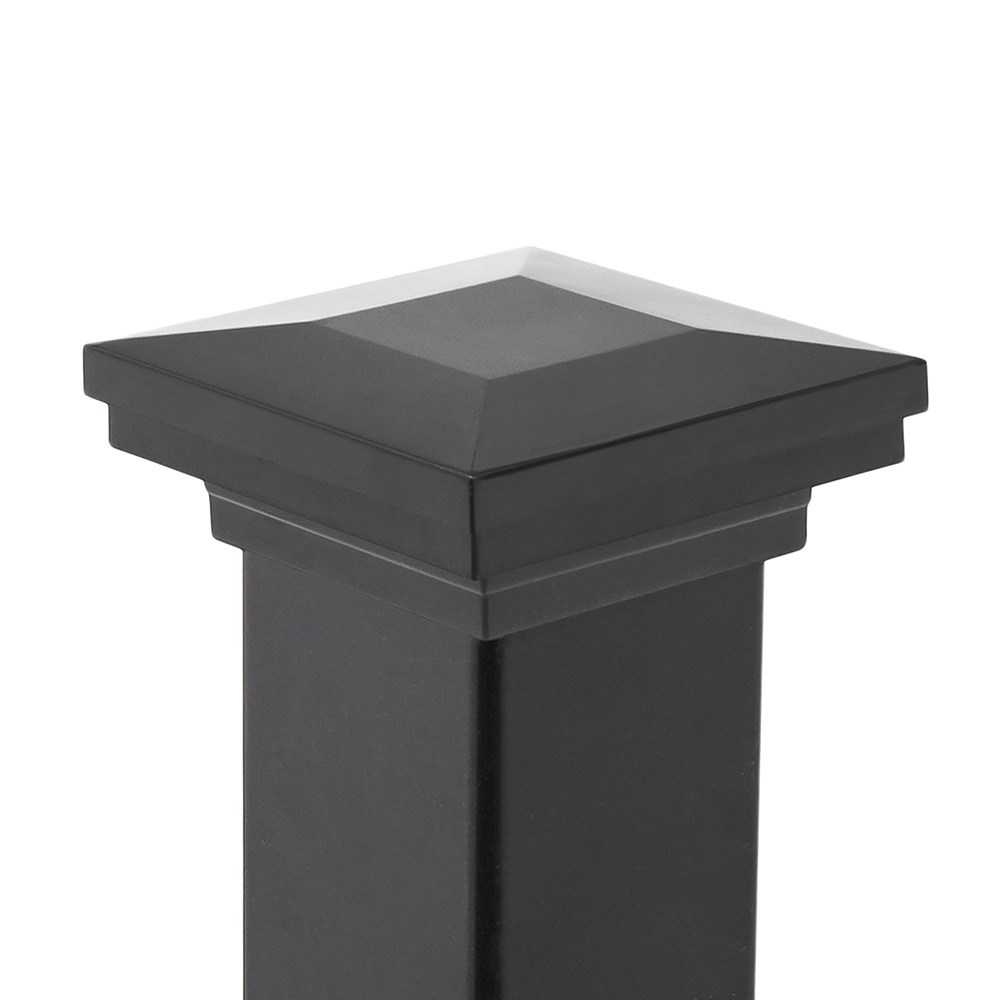Injection Molding Versus Thermo Forming Post Caps

Vinyl is a type of plastic that is used to create post caps. When creating these post caps, two methods can be utilized to finalize the product: injection molding and thermos forming. Injection molding is used on molten plastic, injected under intense pressure, and then a mold is made to create parts. On the other hand, thermoforming is used when a heated sheet of plastic is forced and stretched by either a vacuum or pressure on the mold's surface to create parts. While there is no better process for creating vinyl post caps, there are some critical differences between both.
Injection Molding Process For Vinyl Post Caps
The benefit of injection molding is that it can create highly detailed parts between the halves of a mold in a process. Injection molding is a superior process for smaller parts because the tooling and equipment allow for a more accurate process of forming parts. Injection molding is also much faster than thermoforming and can be more beneficial for large production runs in a factory.
Thermoforming Process For Post Caps
On the other hand, thermoforming is far better when used for more significant parts. Thermoforming is created to work for shorter runs when using machinery. Along with this, a unique benefit of thermoforming is that its upfront cost and lead time are much cheaper than those of its injection molding counterpart.
History And Deep Dive Into Injection Molding
Injection molding involves using a particular injection molding machine. Plastic pellets are placed inside the injection barrel and fill up the spaces between the threads of the specific injection screw. When this screw rotates, along with a heater band, the pellets begin to melt and move to the metering zone. The flight of the injection screw is filled with molten materials, and the right amount of material is made into a mold. The injection molding machine places pressure on the mold until it is cooled. The part is then thrown out of the machine, and the process continues until all desired parts are created.
This process began in 1872 with the Isaiah and John Hyatt brothers. Most companies that use plastic in their products use injection molding since it is precise and fast. The first materials created from injection molding include a hairbrush and buttons.
The History and Process of Thermoforming
Thermoforming is used when enough pressure on a sheet or air is forced out of a mold. This is what is known as vacuum forming. When the part is finished, it is trimmed, and coloring or a finish is placed to make the product sellable. Thermoforming is excellent for large, easy-to-make shapes but is not ideal for high-volume production of small intricate parts. This process began in 1855 after the development of cellulose. John Hyatt, one of the brothers who invented injection molding, tried using cellulose to make a more durable material. A combination of nitrocellulose, camphor, and alcohol was used to create products that included toys, bottles, and many others. The tooling costs are cheaper with thermoforming, and larger parts are easy to make.
Creating Post Caps Using Injection Molding
LMT, the makers of virgin vinyl resin post caps, use 33 injection molding machines with the latest technology, including servo-robotics and nitrogen gas-assist abilities. These machines vary in weight from 60 to 1,000 tons. These post caps are created in New Jersey and Ohio manufacturing plants, making them made-in-America post caps. Since LMT has its own injection molding machines, it can develop new ideas based on customers' wants. If you are looking for quality post caps, LMT's injection molding process allows for detail-oriented products that last.
3D Printing As An Alternative To Thermoforming Vinyl Fence Parts
Another innovation in creating vinyl fittings is 3D printing. This process makes the most ornate designs that even injection molding cannot create. Since each vinyl product has unmoldable features and undercuts, 3D printing is another new feature LMT uses to print complex parts quickly.
Injection Molding Versus Thermoforming In Vinyl Creation Process
When comparing these two processes, one is not better than the other. Most vinyl manufacturers use various processes depending on what is being made. If creating bathtubs or other large products, thermoforming is the better solution. On the other hand, if a vinyl post cap is made, primarily, it will be created with injection molding. If you are looking for post caps made with this process or want to learn more about vinyl post caps, visit the resource hub or peruse available vinyl post caps.




